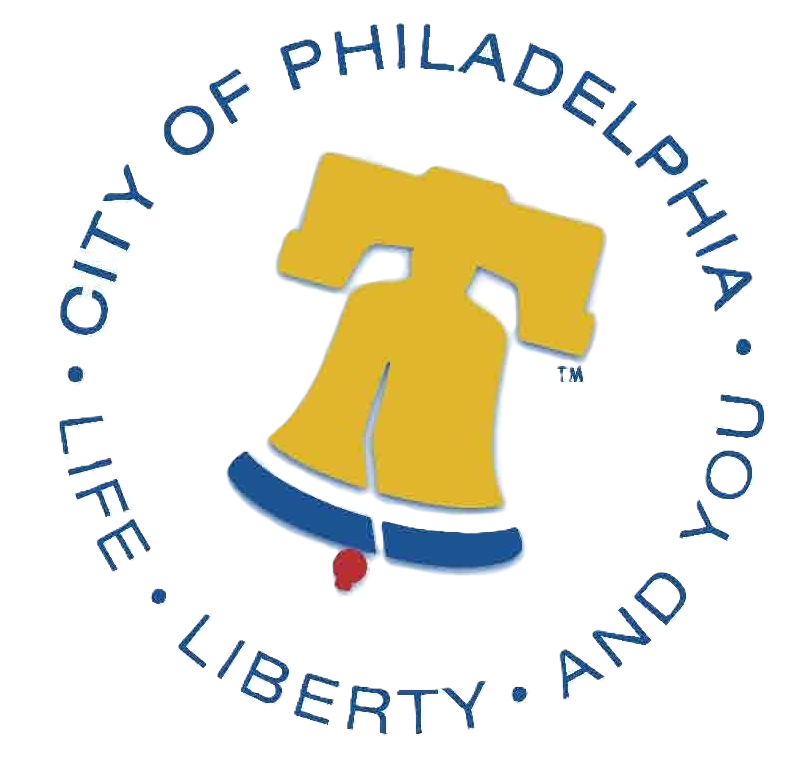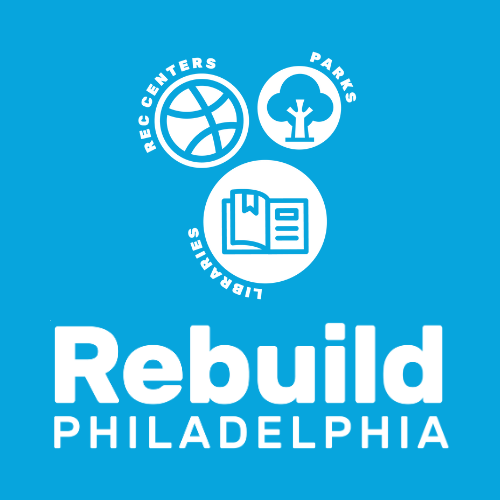
Prior Work
Where Strategy Meets Implementation
-
![Futuristic city skyline at dusk with illuminated skyscrapers and urban lights.]()
Philadelphia 30th Street Station District Plan
Stitching Together 175 Acres of Transit, Development, and Community Vision
What They Needed:
A bold, inclusive and unified vision to guide the redevelopment of the area surrounding the city’s busiest transit hub.What I Did:
Led the development of a master plan across 175 acres, coordinating Amtrak, PennDOT, SEPTA, Drexel University, and Brandywine Realty Trust. Emphasized a robust and inclusive engagement process with government agencies, business leaders, neighborhood groups, and the public to deliver a vision grounded in community needs and aspirations.The Result - An Area Transformed:
The plan became nationally recognized as a model for equitable, transit-oriented development, aligning public and private interests and laying the groundwork for billions in long-term investment. More importantly, improvements — from public spaces to infrastructure — were borne from this bold, yet grounded, planning process. -
![Amtrak logo featuring blue curved lines resembling train tracks.]()
Amtrak Major Stations Redevelopment
Redefining America's Northeast Corridor Rail Hubs Through Public-Private Partnership
What They Needed:
A strategy to transform underperforming rail stations into modern civic anchors through public-private partnerships.What I Did:
Provided strategic leadership for Amtrak’s most high-profile real estate assets, overseeing capital planning and master developer negotiations. Negotiated the Master Development Agreement and Ground Lease for Baltimore Penn Station and led the master developer P3 procurement and deal terms for Philadelphia’s 30th Street Station, with a focus on equitable access and community benefit.The Result:
Advanced redevelopment projects totaling $700M in value. Set a precedent for integrating infrastructure investment with urban revitalization. -
![Stylized Liberty Bell logo with the words "City of Philadelphia" and "Life Liberty and You" in a circle.]()
Philadelphia Zoning Code Reform
Translating Values Into Code: Shaping Zoning Reform from Dialogue to Implementation
What They Needed:
Philadelphia’s outdated zoning code created confusion, inequity, and development delays. The City needed a full rewrite, not just of the rules, but of how land use decisions were made, communicated, and trusted.What I Did:
Managed the citywide zoning reform effort for the 31-member Zoning Code Commission. Facilitated civic and industry dialogue on what zoning should achieve, and translated those values into modern, equitable land use policy. After adoption, I stayed on to help implement the code, working across agencies to redesign permitting processes and deploy a training program to ensure transparency and understanding.The Result:
Delivered the first comprehensive zoning overhaul in 50 years, rooted in public input and built for real-world use. The reform improved fairness, predictability, and access, and earned national recognition for its design, engagement, and implementation. -
![Stylized yellow Liberty Bell with blue accents, surrounded by the text 'City of Philadelphia • Life • Liberty • and You.']()
Rebuild Philadelphia
Operationalizing $400M in Equity-Centered Public Space Investments
What They Needed:
Operational strategy and team structure to deliver on a $400M public investment in parks, recreation centers, and libraries, with equity and inclusion at the forefront of the process.What I Did:
Served as First Deputy Director, leading operations, engagement, communications, and evaluation. Built internal systems and staff capacity while managing partnerships with City Hall, funders, and nonprofit partners.The Result:
Established a scalable, equity-centered delivery model, enabling the city to make major capital investments while honoring community voice and accountability. -
![Brandywine Realty Trust logo with stylized blue and gray "B" and text.]()
Large-Scale, Partner-Led Development at Brandywine
Building Innovation Districts from Master Plan to Market
What They Needed:
Leadership to guide multi-phase, mixed-use innovation districts through planning and execution.What I Did:
Served as Vice President of Development, managing Schuylkill Yards (14 acres, 5M+ SF) and Discovery Point (5 acres, 750K SF). Led strategy, stakeholder alignment, and budget/schedule oversight from predevelopment through delivery.The Result:
Advanced transformative development in partnership with anchor institutions, prioritizing accessible public spaces and economic opportunity, to achieve both community and economic impact through intentional, long-term collaboration. -
!["Urbane" logo featuring a stylized letter 'U' above the word 'URBANE' in bold, modern font on a black background.]()
Urbane Development – Organizational Strategy
Aligning Mission and Money: Structuring a Dual-Entity Model for Impact
What They Needed:
As Urbane matured, it faced increasing demands across its for-profit and recently-launched nonprofit strategic partner. The team needed to clarify where to invest time, how to fund growth sustainably, and how to organize internally without diluting its purpose of economic mobility and community empowerment.What I Did:
As Chief Operating Officer, I worked alongside leadership to articulate a clear strategic focus for each arm of the business, clarify funding and earned revenue pathways, and put in place operational structures that supported long-term sustainability, without compromising the company's mission-driven impact.The Result:
Urbane emerged with a more focused, credible operating model, one that was clearer to funders and partners, more aligned internally, and better equipped to execute with purpose and discipline across its hybrid platform.






